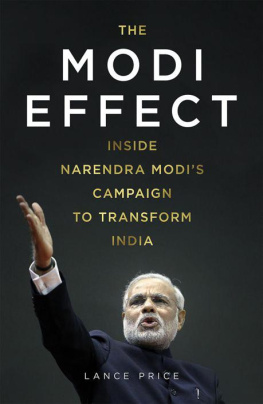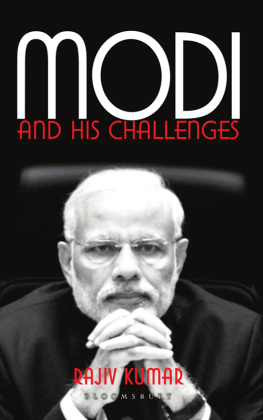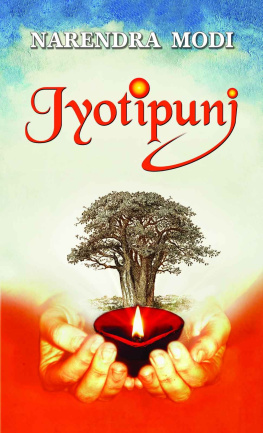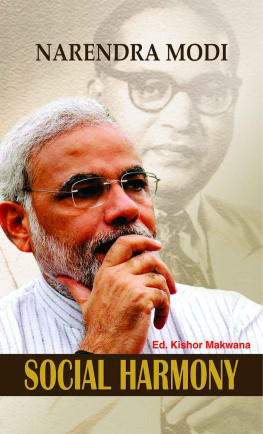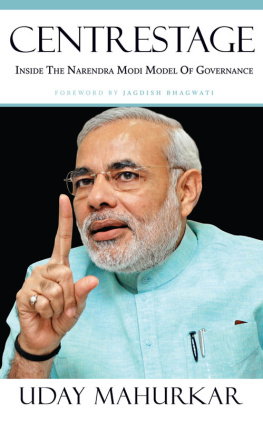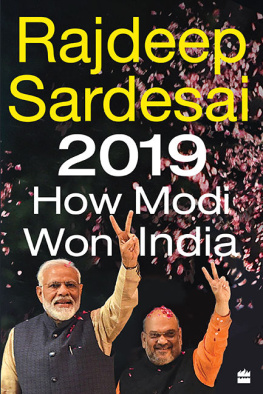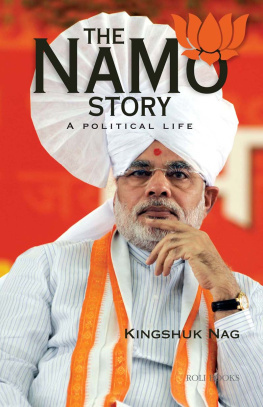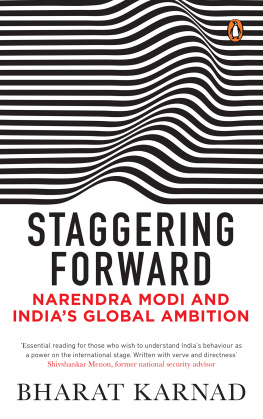
Also by Lance Price
The Spin Doctors Diary
Time and Fate
Where Power Lies


www.hodder.co.uk
First published in Great Britain in 2015 by Hodder & Stoughton
An Hachette UK company
Copyright Lance Price 2015
The right of Lance Price to be identified as the Author of the Work has been asserted by him in accordance with the Copyright, Designs and Patents Act 1988.
All rights reserved. No part of this publication may be reproduced, stored in a retrieval system, or transmitted, in any form or by any means without the prior written permission of the publisher, nor be otherwise circulated in any form of binding or cover other than that in which it is published and without a similar condition being imposed on the subsequent purchaser.
A CIP catalogue record for this title is available from the British Library
Hardback ISBN 978 1 473 61089 7
Trade Paperback ISBN 978 1 473 61090 3
Ebook ISBN 978 1 473 61088 0
Hodder & Stoughton Ltd
Carmelite House
50 Victoria Embankment
London EC4Y 0DZ
www.hodder.co.uk
To James
CONTENTS
CHAPTER ONE
The Outsider
On 16 May 2014, Indias new prime minister, Narendra Modi, entered the record books, after the most extraordinary general election campaign in his countrys history. His had been a remarkable victory, not just by the standards of Indian democracy, but worthy of comparison with some of the greatest electoral triumphs anywhere in the world. By virtue of the mandate he had been given, Modi was now one of the most powerful men on the international stage. And yet until very recently he had been a virtual pariah, refused entry to the United States as a religious extremist and frozen out diplomatically by Britain, the European Union and many other western countries.
His in-box was overflowing; he would face enormous challenges if he was to go anywhere near meeting the expectations he had raised on the campaign trail. But just eight weeks after taking office he made time to meet me a foreigner with no particular expertise in Indian politics, but with a fascination for elections and respect for politicians with the vision and determination to break the mould, defy conventional wisdom and shake off old prejudices.
I have been in and around politics too long to be much in awe of prime ministers and presidents. I have been fortunate enough to meet, chat with, interview, and in one case work for, some of the greats. Tony Blair (my old boss), Margaret Thatcher, Nelson Mandela, Bill Clinton; they had all overcome their opponents and won elections that had at one time appeared beyond their grasp or that of their parties. All told, I suppose I must have encountered twenty or more heads of government in my career, first as a journalist and then in politics. Almost without exception, whether I agreed with what they stood for or not, I found them fascinating as people. It takes somebody quite exceptional to work their way to the top with all the sacrifices that are required along the way.
Of all of them, Narendra Modi, who I first set eyes on in person in July 2014, is without doubt the most intriguing and the hardest to fathom. To anybody used to British politics, the way things are done in India is at times very familiar and at others a world apart. Trying to compare Modi with prime ministers closer to home is fraught with complications, but the reasons for trying are obvious. He won a thumping victory at the polls and was thrust into the global spotlight where he stood proudly in front of an audience who knew little about him except, perhaps, by reputation. Over the coming months I was to spend several hours in his company as well as meeting many others who had worked with him, or studied him, closely. At the end of it all, I still couldnt be sure I understood him fully, but I was more convinced than ever that he merited scrutiny.
From what I had seen and read, it was clear that if anybody is a full-time, 24/7 politician, it is Narendra Modi. He appears to allow nothing to distract him from the task in hand. He is a teetotal, celibate vegetarian. There are no sports, no hobbies, no family ties. He sleeps only four or five hours a night, and never takes a day off or goes on vacation. When he does do something that isnt directly work-related as with his daily yoga and meditation routines it is simply to make him more productive and effective for the rest of the day. I wasnt sure if all that was admirable or slightly disturbing. The only way to find out was to meet him.
Id been to Delhi several times over the years and wandered around the imposing government buildings, designed a century ago by the British architects Sir Herbert Baker and Sir Edwin Lutyens. But the prime ministers residence at 7 Race Course Road, where I was now sitting, is not on the tourist trail. Unlike 10 Downing Street, where I used to work, or the White House, it cant be seen from the street. India has lost two post-Independence prime ministers, Indira Gandhi and her son Rajiv, to political assassinations, and security is as tight here as around any leader I have met before. There are the usual scanner and body searches, but before you can gain access to the inner sanctum, you must hand over every conceivable electronic device and allow yourself to be driven in a special car to the low building where the PM lives and receives visitors. It is a relatively plain property looking out over some well-tended gardens, where peacocks strut about purposefully far from public view. The toilets, something the building has in common with Downing Street, are rather rudimentary and reminiscent of the lavatories at school or in a small town museum. On the wall outside the building, the plaque still bore the name of the outgoing prime minister, Dr Manmohan Singh. Nobody had yet got round to changing it. Modi said to me later that he hadnt altered anything else either. The paintings on the walls, the furniture, the rugs were all exactly as Dr Singh had left them. Honestly, I do not feel I am the PM even today, he told me. Temperamentally, I am a very detached person and it has become increasingly so over the past years.
The waiting room was spacious, which was just as well as there seemed to be a lot of people with appointments to see him. There was the usual stack of newspapers and magazines, many of them, I noticed, with articles asking where Modi had disappeared to since the election and why there hadnt already been more signs of progress. I chatted politely with the others in the room, including the foreign minister, Mrs Sushma Swaraj. The conversation took an unusual turn when we were joined by a tall man in white robes with the Hindu tilak , a red dot and horizontal line, painted on his forehead. He was a holy man and an astrologer and, without prompting, offered some predictions, all of them flattering, for most of us in the room. I would achieve three great things in life, he told me, apparently solely on the basis of how I was sitting and holding my hands. But I was more interested in what he had seen in Mr Modis future.
Using the suffix ji as a mark of respect, he told me, Modiji will be a great leader. Well that would have come as no surprise to the man then sitting in his reception room just down the corridor. He has no shortage of people to tell him that and he clearly shares the opinion. But the gurus foresight was a lot more precise. Modi would be in power until 2032, with only a short break in opposition. Most of that time he would have an absolute majority in parliament, only once having to work in coalition with other parties.
Next page
